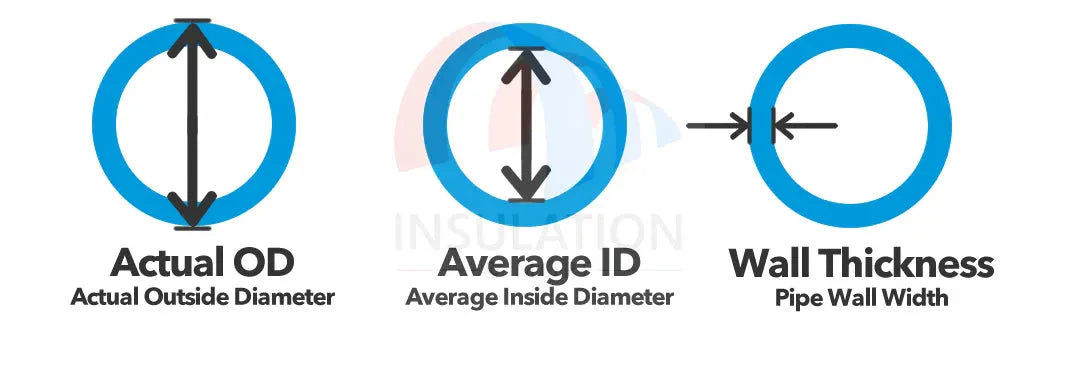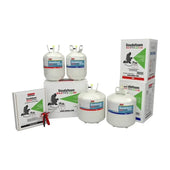Pipe diameter refers to the size of a pipe and is usually measured as the distance across the inside or outside of the pipe. In general, there are two types of pipe diameters:
- Inner Diameter (ID): The distance across the inside of the pipe, from one inner wall to the opposite inner wall.
- Outer Diameter (OD): The distance across the outside of the pipe, from one outer wall to the opposite outer wall.
To measure the diameter of a pipe, you can use the following methods:
- Using a measuring tape or ruler:
- For the outer diameter (OD), measure the distance across the outside of the pipe from one outer wall to the opposite outer wall.
- For the inner diameter (ID), measure the distance across the inside of the pipe from one inner wall to the opposite inner wall. This method may be difficult for small pipes or pipes with limited access to their interior.
- Using a caliper: A caliper is a precision measuring tool that can be used to measure both the inner and outer diameters of a pipe. Place the caliper's jaws around the pipe (outside for OD, inside for ID) and read the measurement on the caliper's scale or digital display.
- Using a pipe size chart: For standard pipes, you can refer to a pipe size chart that lists common pipe sizes and their corresponding outer diameters (OD) and inner diameters (ID). These charts are based on pipe standards, such as the Nominal Pipe Size (NPS) system for North America or the DN (Diameter Nominal) system for Europe.
Note that when selecting pipe insulation, it's crucial to measure the outer diameter (OD) of the pipe to ensure the insulation fits properly. Pipe insulation is typically sized based on the pipe's outer diameter and is available for common pipe sizes, such as 1/2", 3/4", 1", and larger.





















































